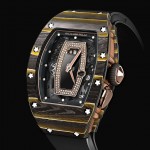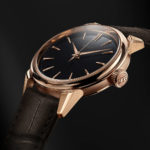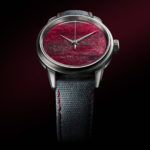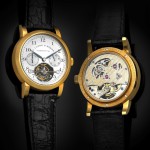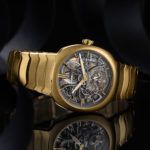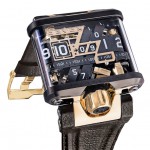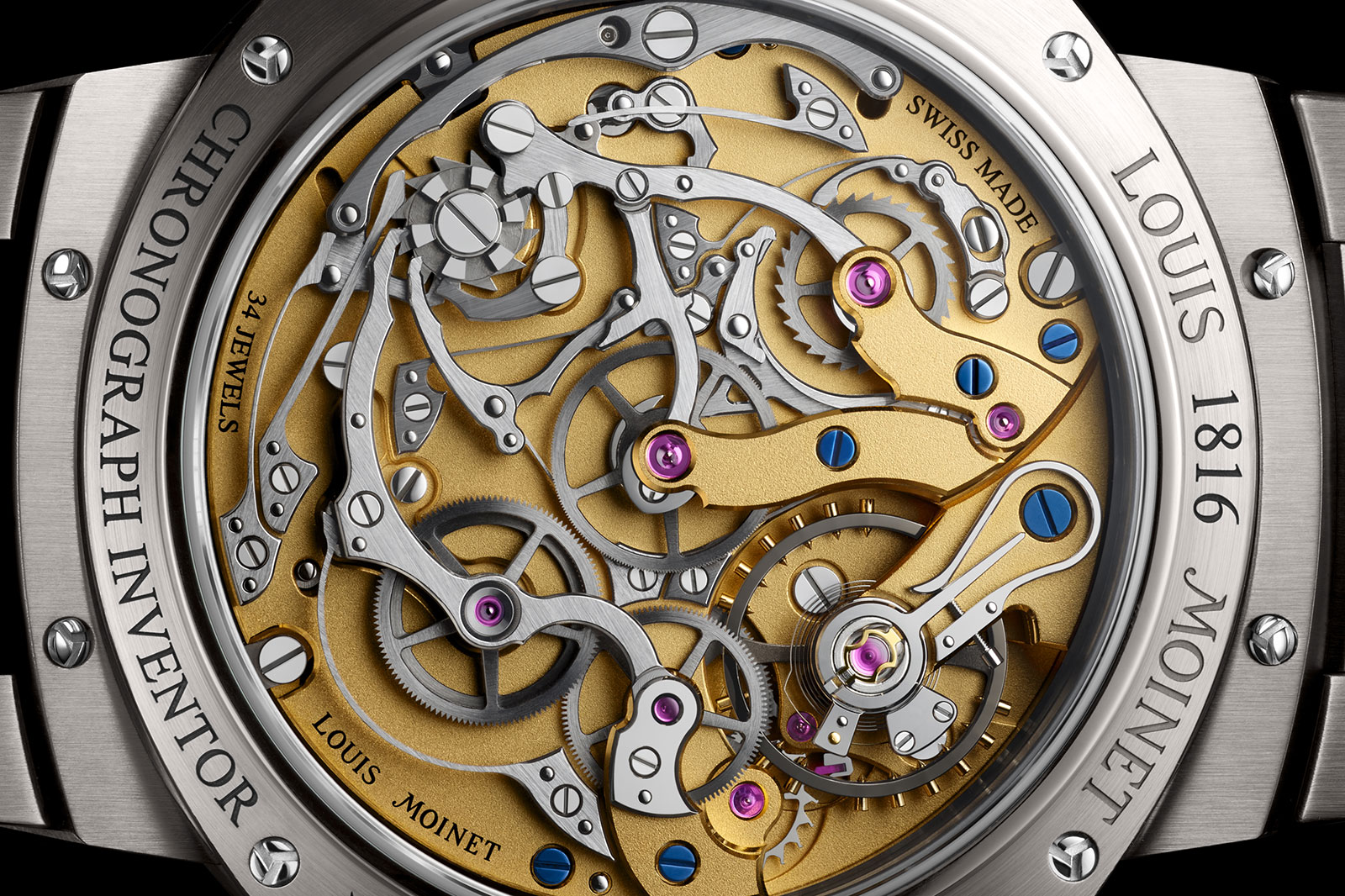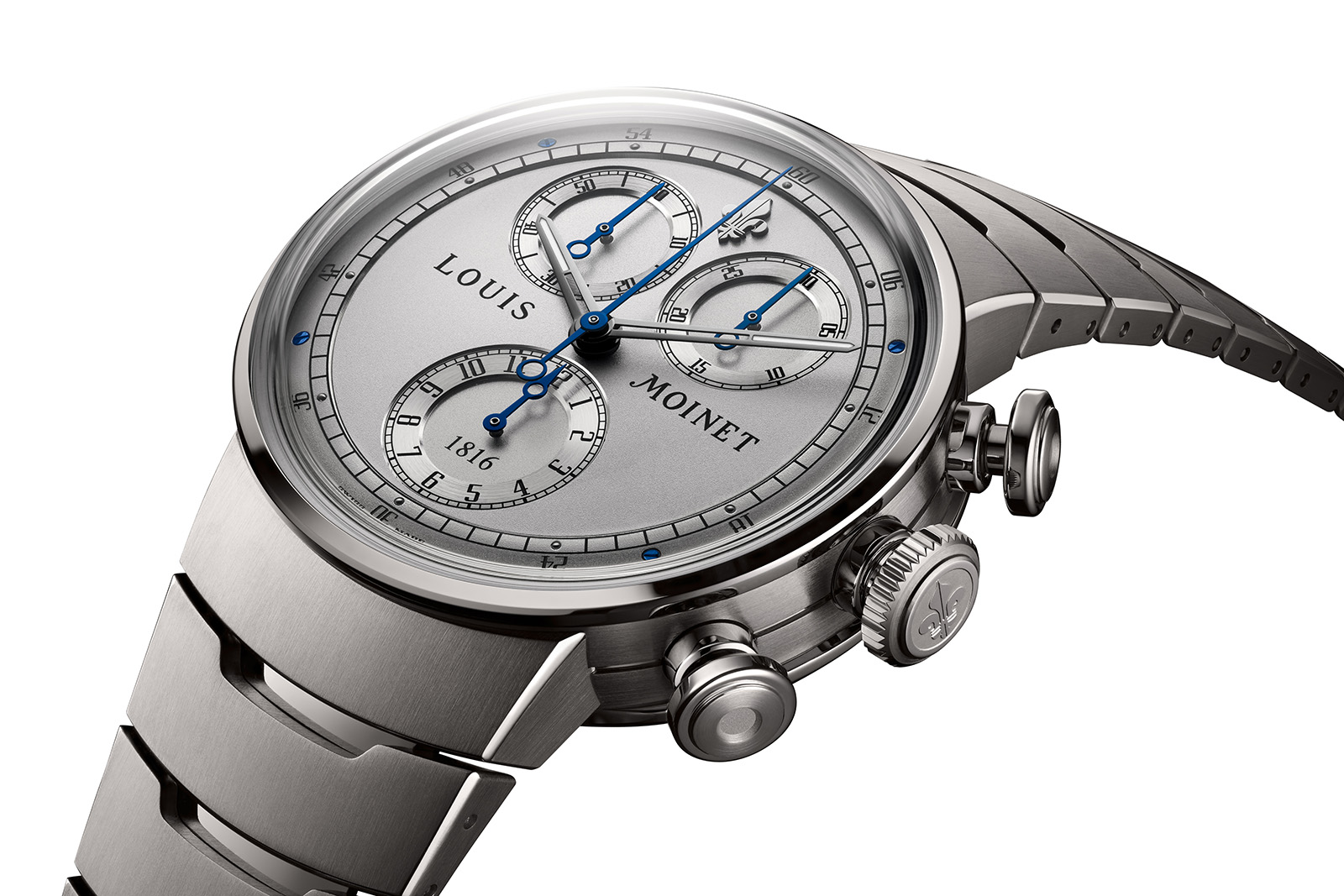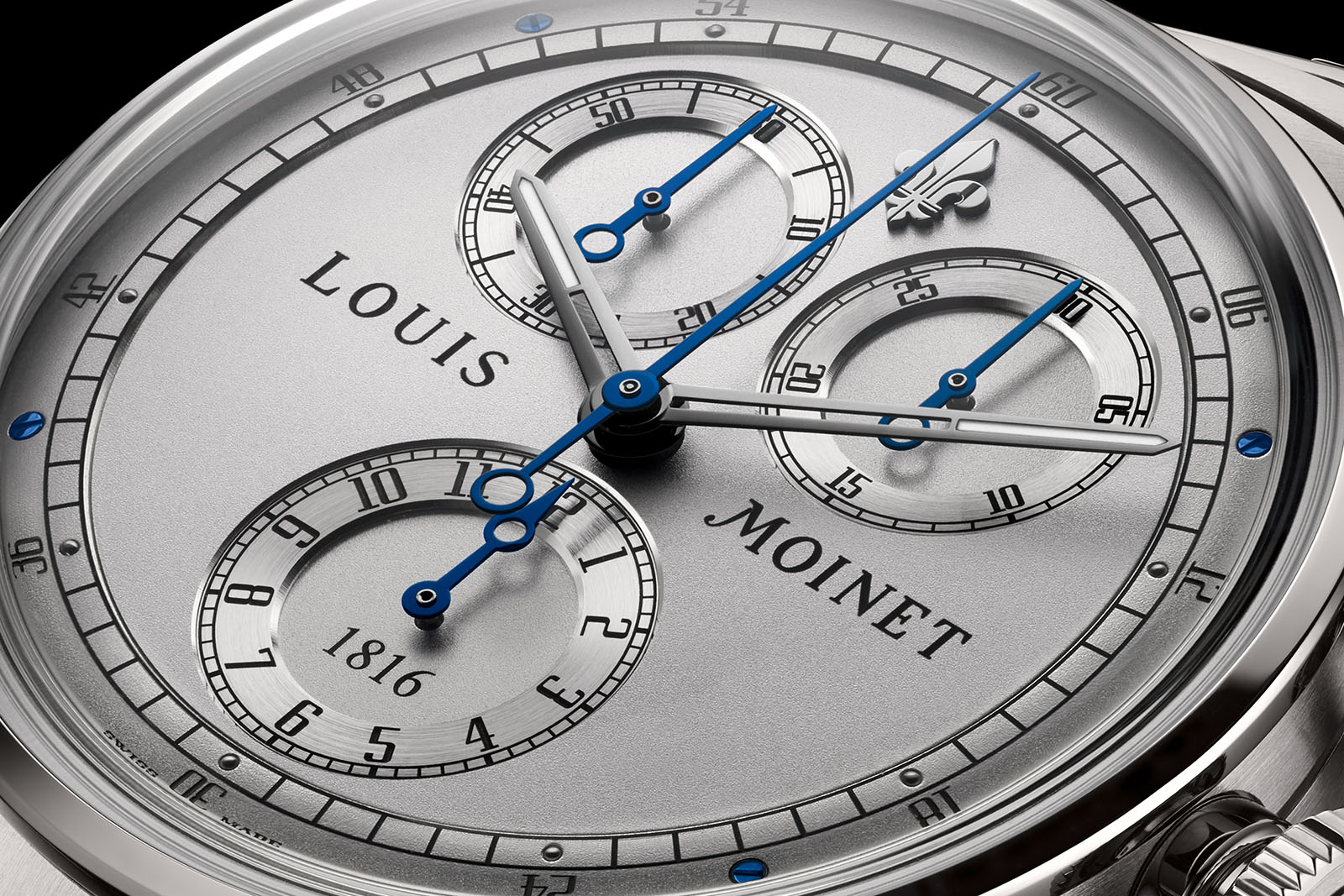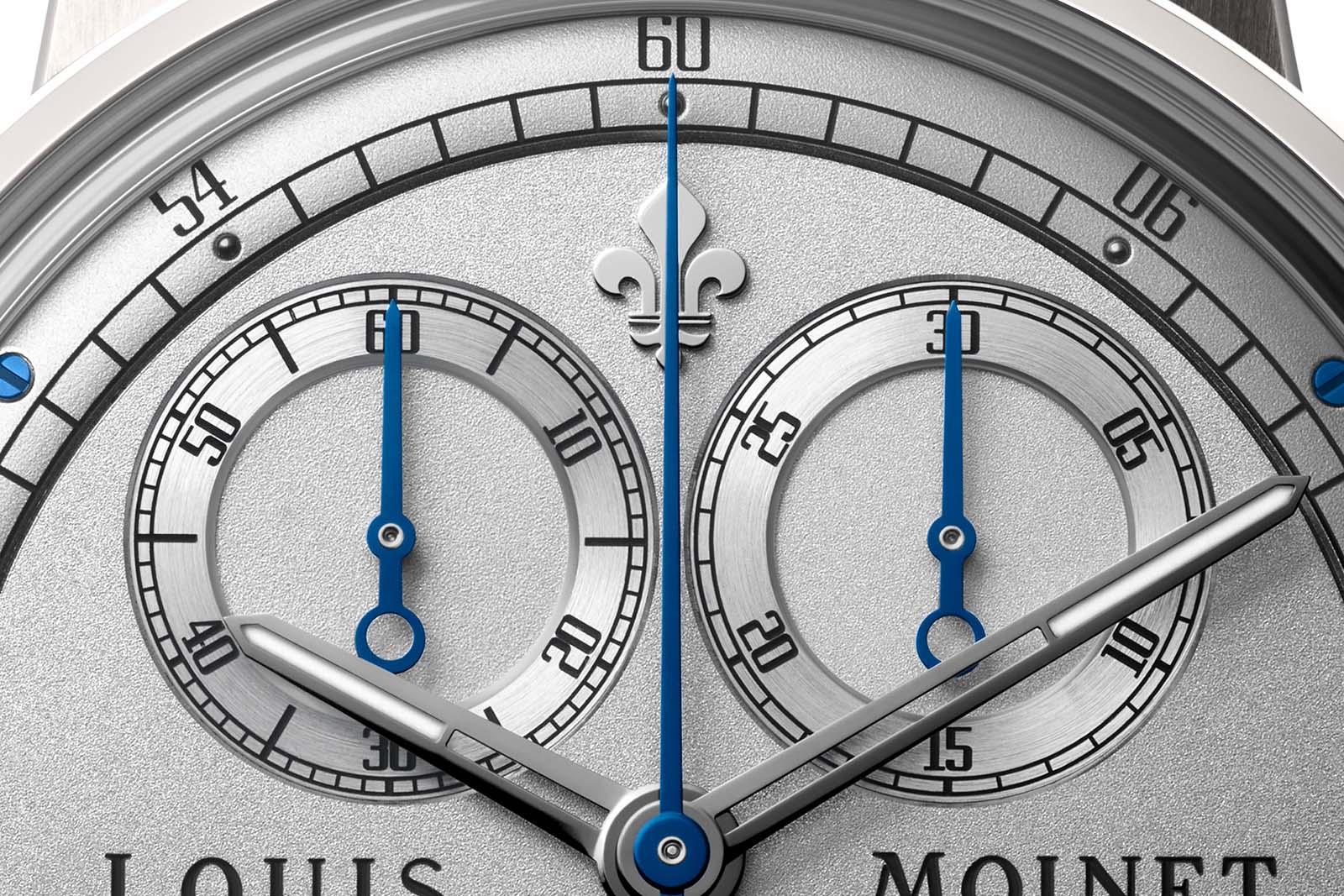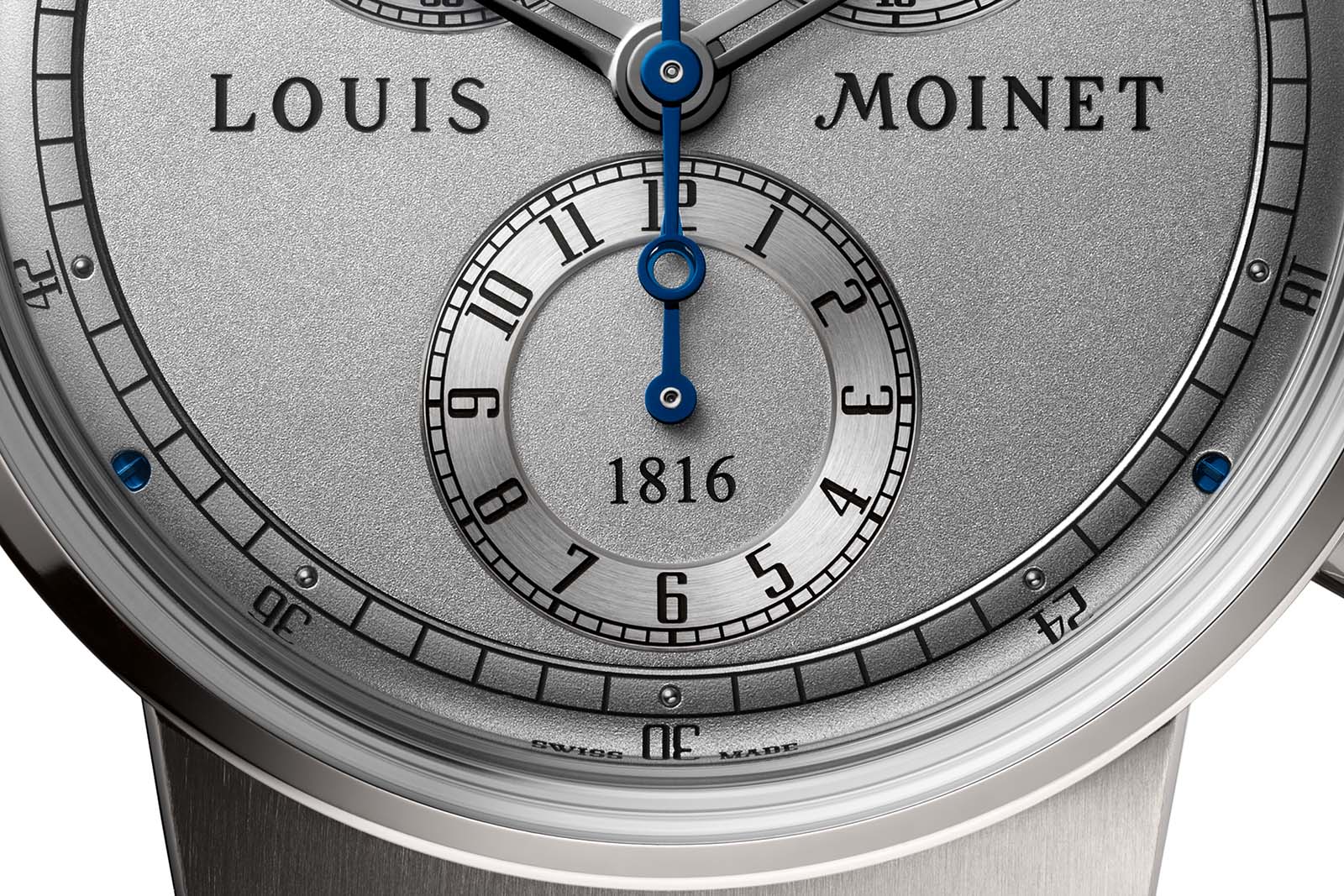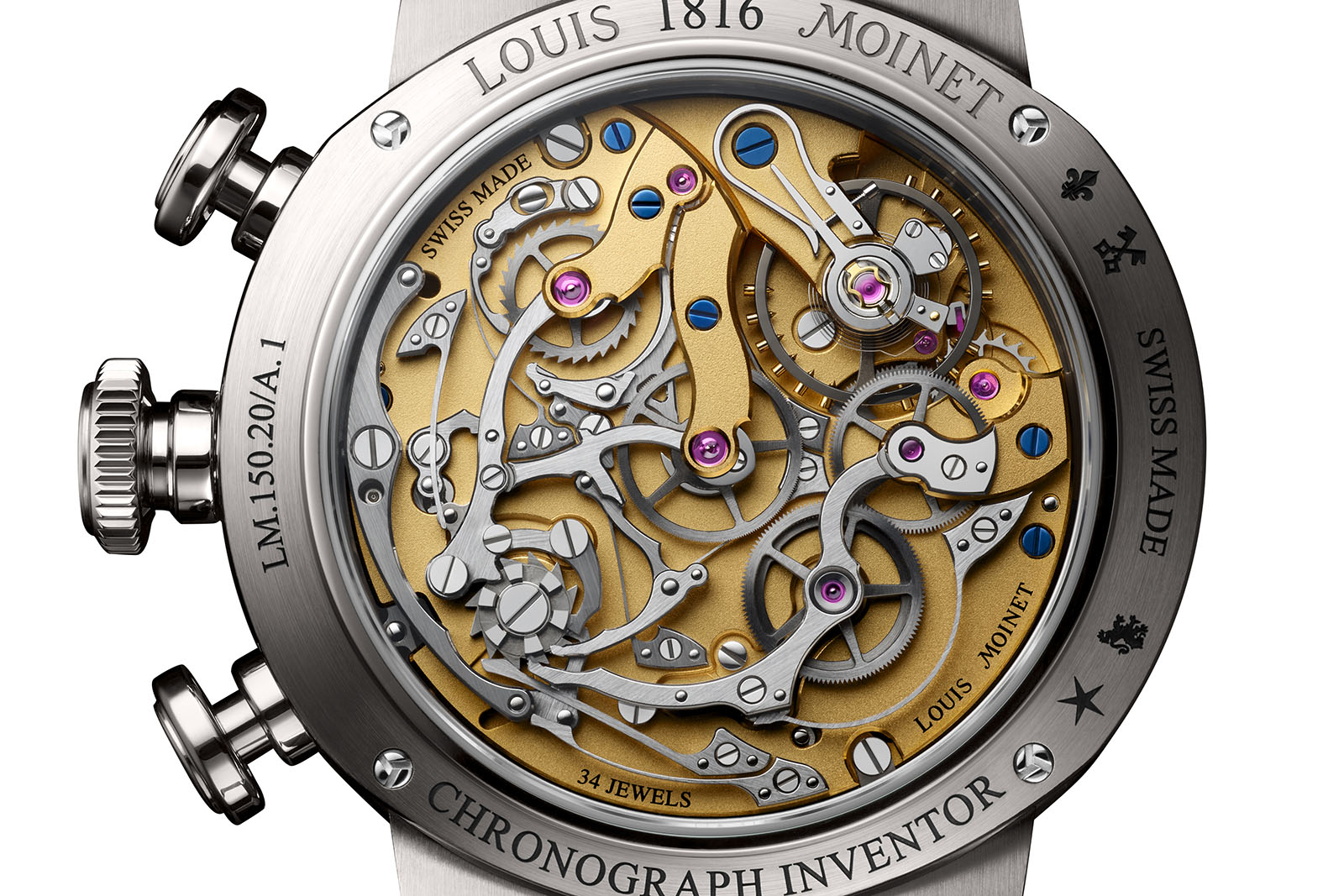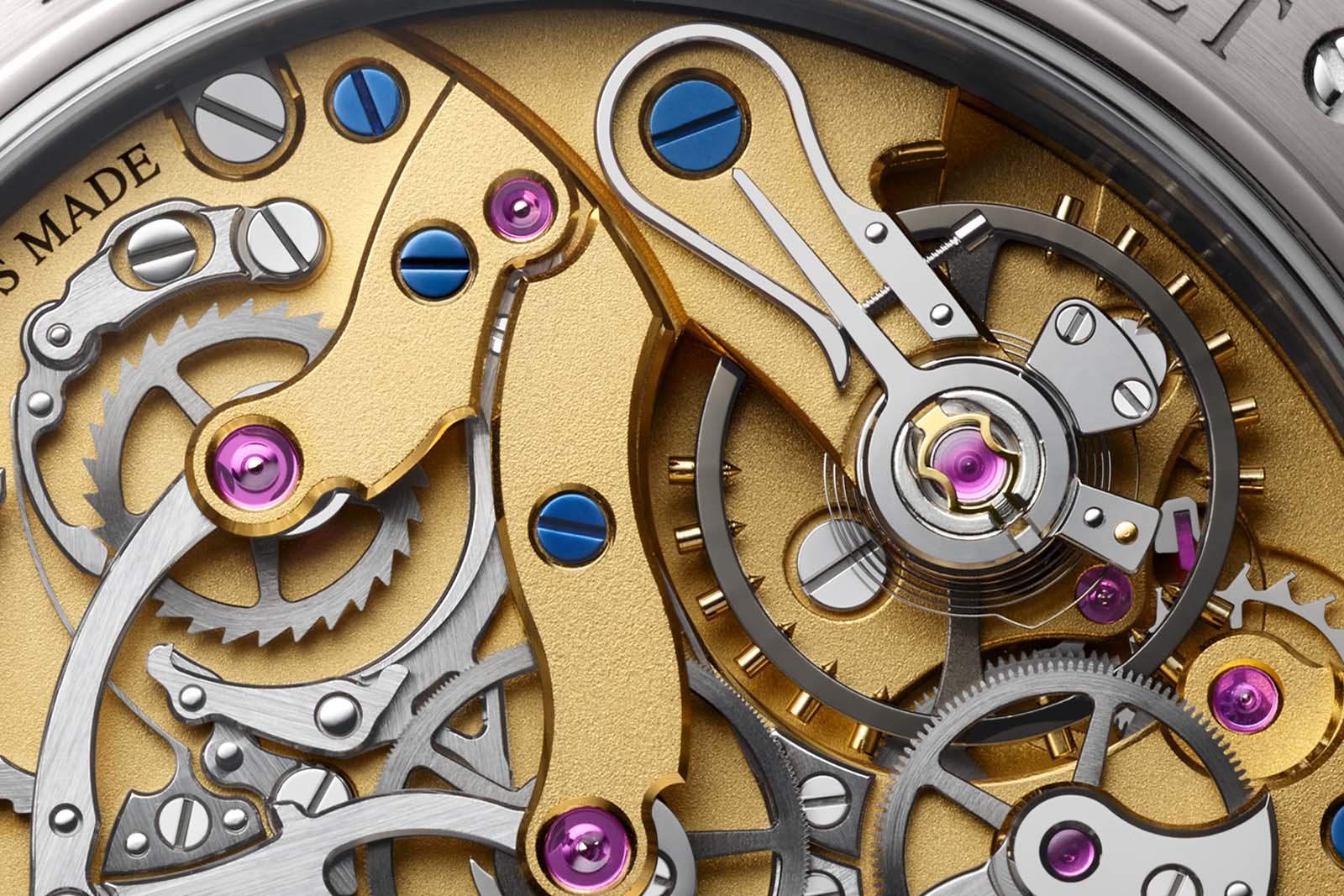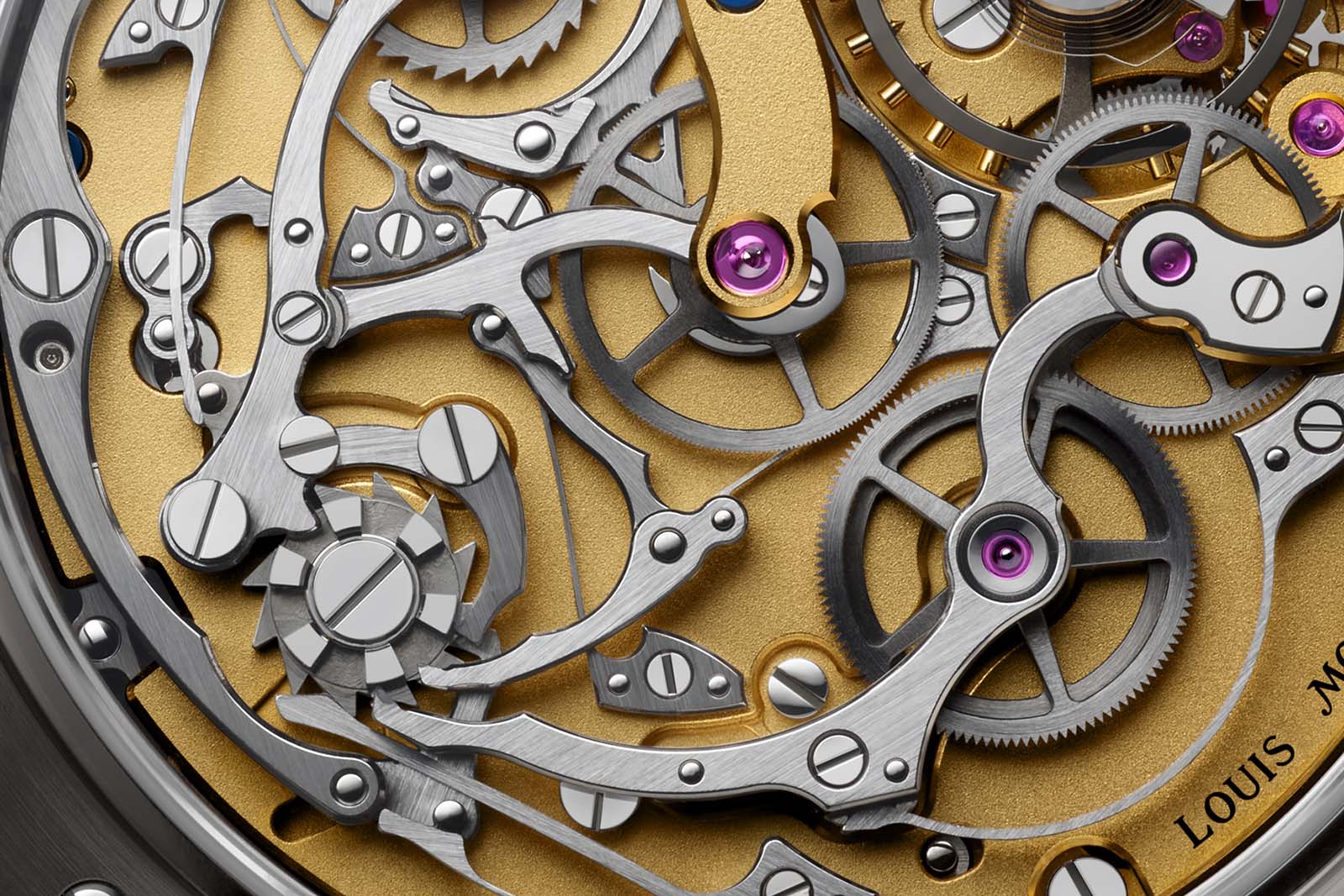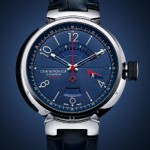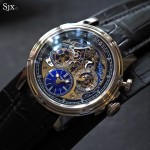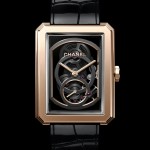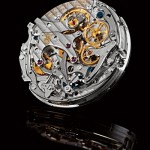Biver Automatique’s in Yellow Gold with a Carbon Option
Slight retro, and a 1990s throwback.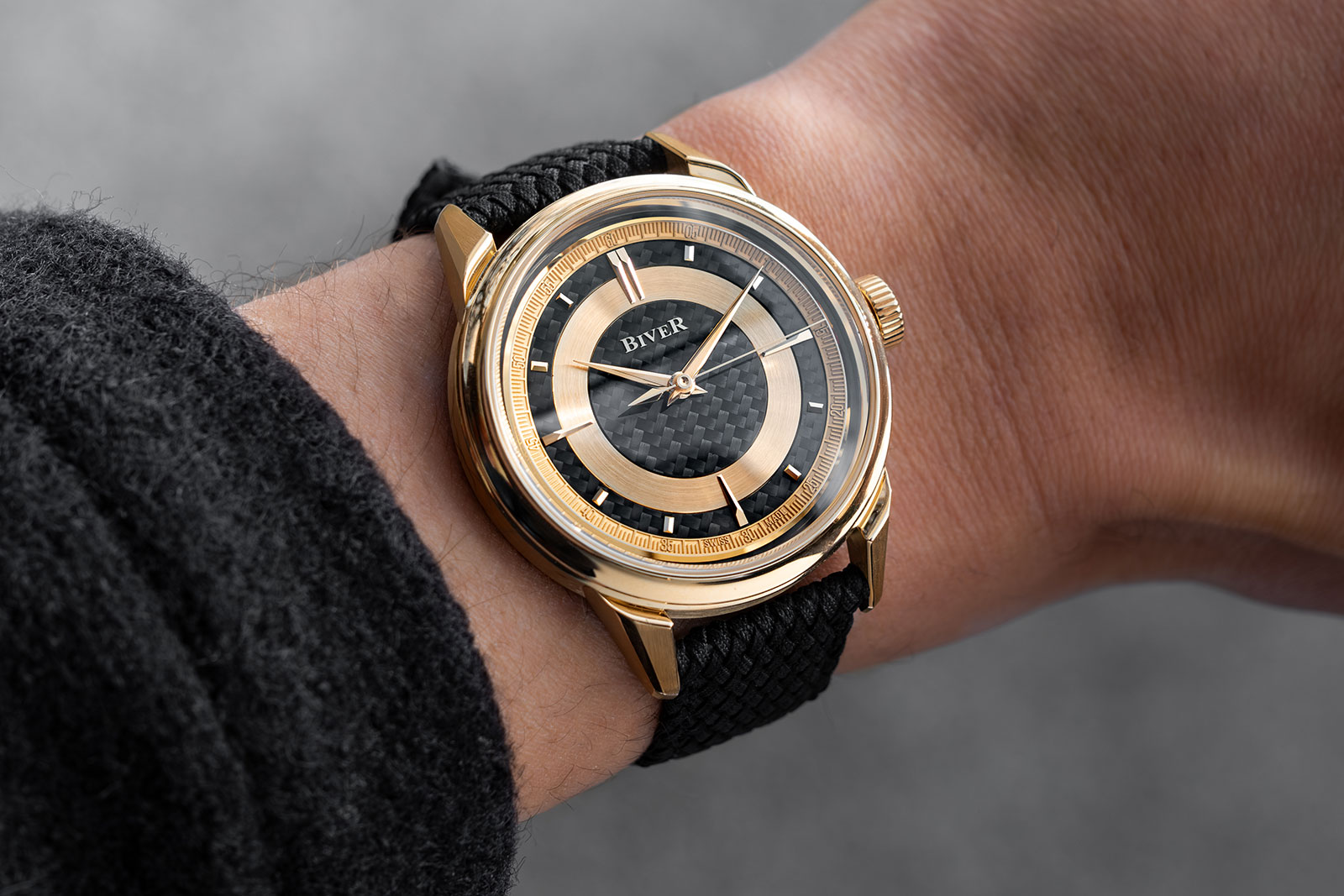
Having launched the Automatique last year in a range of metals except yellow gold, Biver has now revealed a pair in the classic precious metal. The Automatique in yellow gold debuts with a matching solid yellow gold dial or a more unusual dial in glossy, woven carbon fibre composite.
Initial thoughts
I was already a proponent of the Automatique, mainly because of the high quality of construction inside and out. The yellow gold duo add more options to the offering, but arguably bring more than just a new colour because the material evokes a vintage feel that suits the design. Between rose and yellow gold, I would pick the latter.

The carbon dial version is interesting because it brings to mind the era of the 1990s when woven carbon fibre was a thing. The novelty of the material has since been supplanted by more exotic carbon composites, but the retro feel of the carbon dial is appealing. Moreover, it brings to mind the black-and-gold livery of John Player Special Formula 1 cars, which is precisely the point of this version according to Biver chief executive James Marks.
Both versions are priced identically to their equivalents in the standard and Atelier Series. That’s fair enough but the carbon should be priced a little lower since the other Atelier models have mineral stone or fired enamel dials, which are typically costlier and harder to work than carbon fibre.
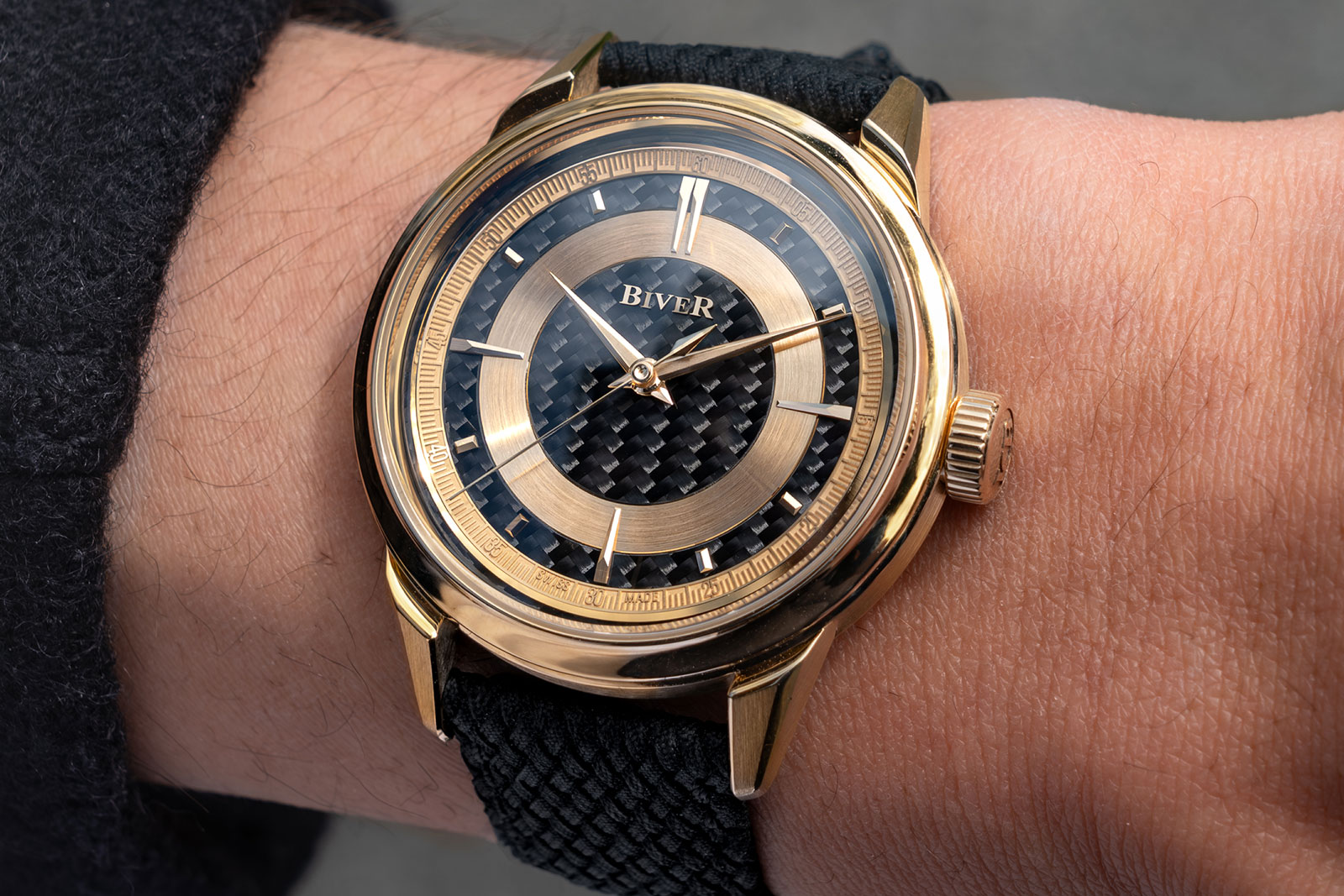
The original colour of gold
The new Automatique retains all of the features of the earlier versions, including the “spider” lugs, except it’s now in yellow gold.
The standard version is almost entirely yellow gold – the case, dial, hands, and hour markers are all 18k yellow gold, though the hands and markers are black coated for legibility.
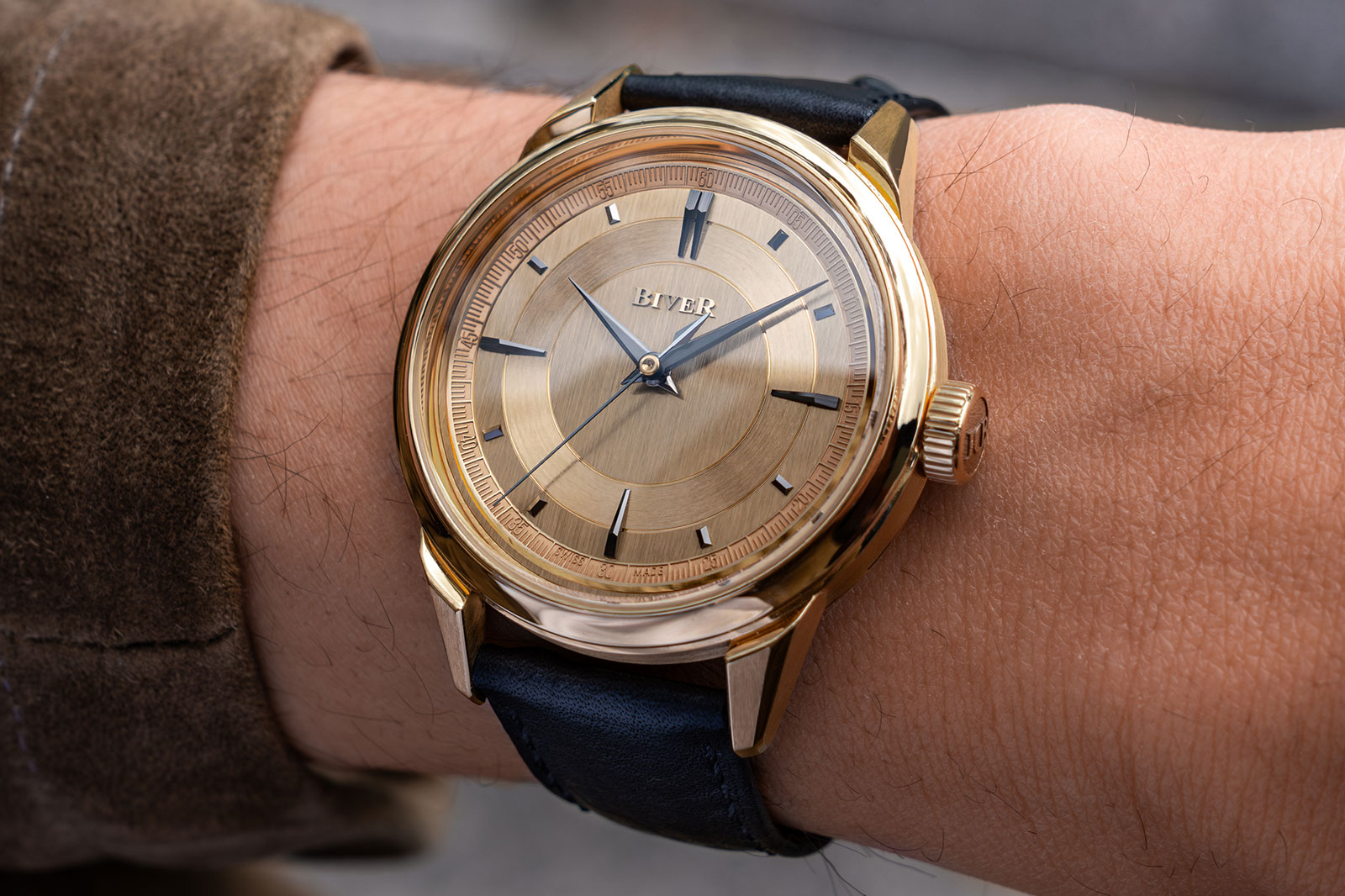
The Atelier Series Carbon Edition is similarly kitted out in yellow gold, but the gold dial incorporates carbon fibre composite inlays. The inlays are made up of woven carbon fibre in a clear polymer and polished for a glossy finish that allows the carbon to catch the light nicely.
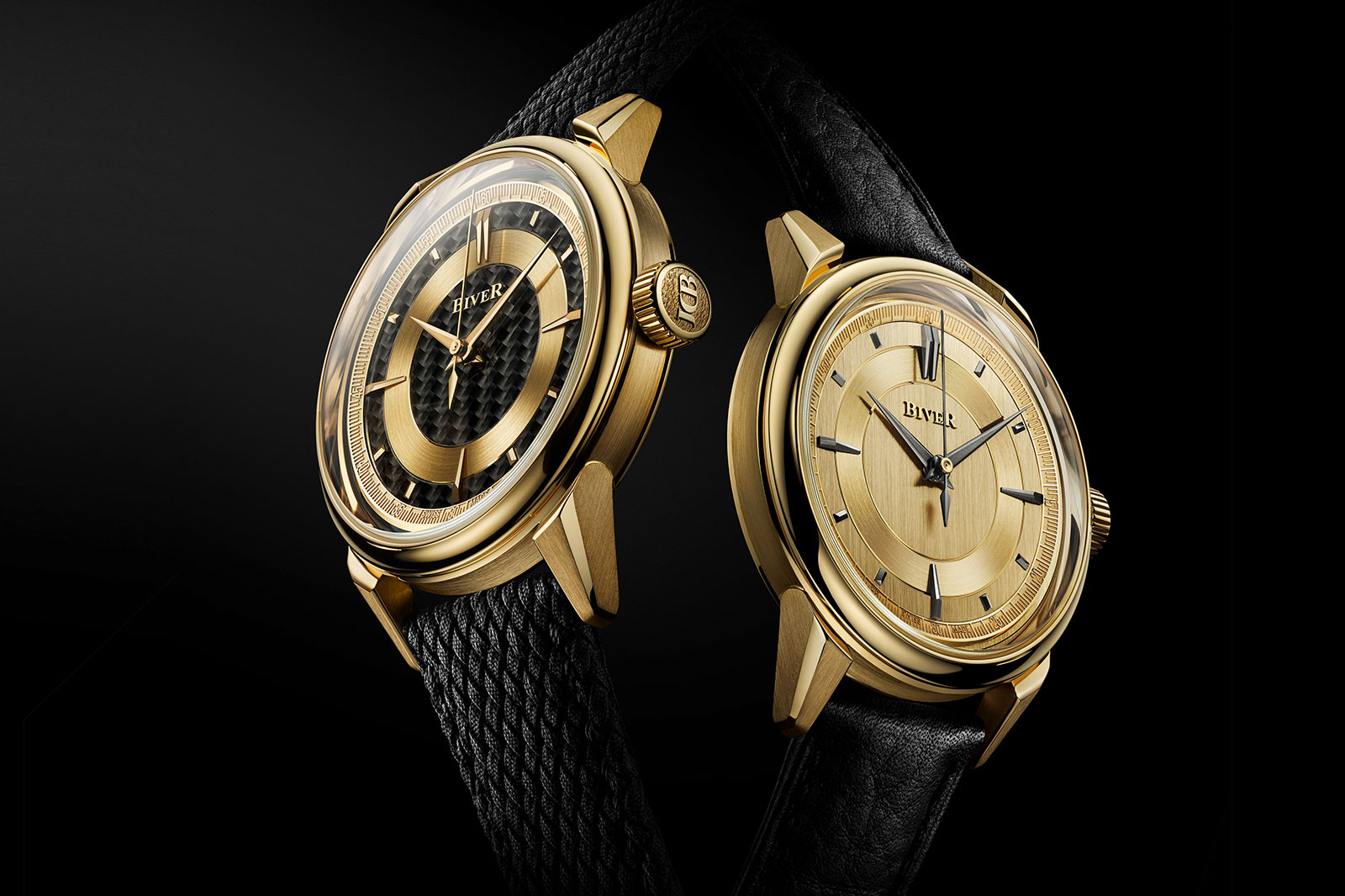
Both models are powered by the JCB-003, which is perhaps the best trait of the Automatique. Developed by Dubois Dépraz for Biver, the JCB-003 is a micro-rotor automatic with an elaborate construction that is as much visual as it is functional.
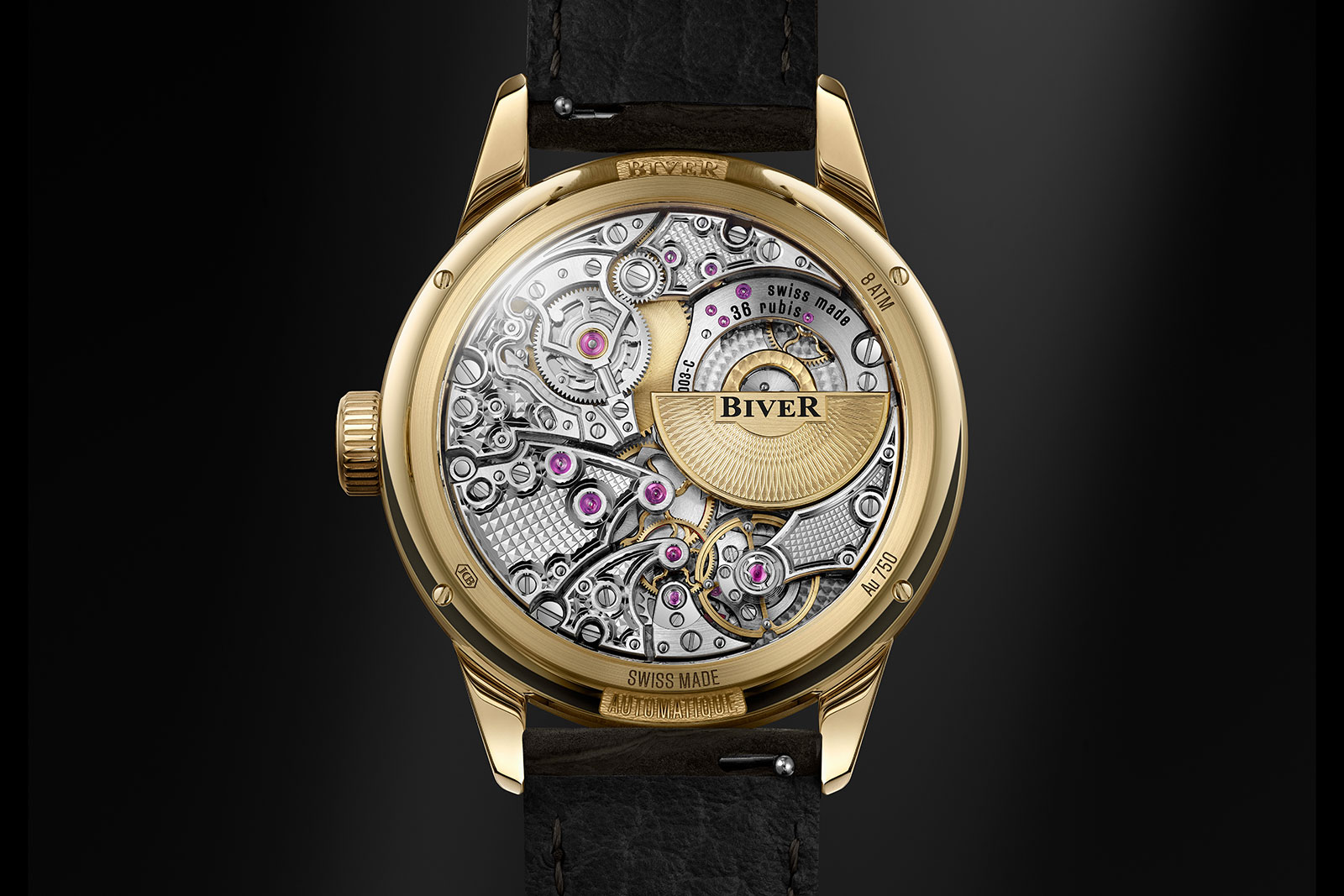
Key facts and price
Biver Automatique
Diameter: 39 mm
Height: 10 mm
Material: 18K yellow gold gold
Crystal: Sapphire
Water resistance: 80 m
Movement: JCB-003
Functions: Hours, minutes, and seconds
Winding: Automatic
Frequency: 25,200 beats per hour (3.5 Hz)
Power reserve: 65 hours
Strap: Leather with 18k gold buckle, or five-row Biver bracelet in yellow gold
Limited edition: No, but limited quantities for the Atelier Series
Availability: Direct from Biver or at authorised retailers
Price: CHF75,000 in yellow gold; CHF89,000 with carbon dial (prices exclude taxes)
For more, visit jcbiver.com.
Back to top.

